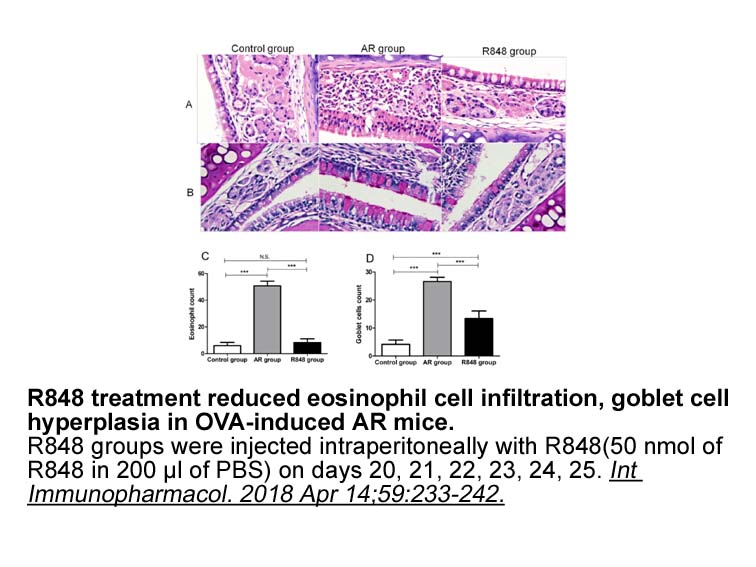Archives
The response variable of the models is binary defined
The response variable of the models is binary, defined by the occurrence of at least one type of crime analyzed over the EZ Cap Reagent AG covered by the victimization surveys (victim). It assumes value 1 if the individual i was victimized and 0 otherwise. Given this characteristic of the dependent variable, the empirical modelling of the determinants of property victimization is made through the probit models estimated by the maximum likelihood method. The general specification of the estimated statistical models is as follows:
Φ is the normal cumulative distribution, x is a row vector that contains the control variables and a constant, and is the column vector of coefficients.
In Section 1, it was highlighted that this study is interested in the hypothetical relationship between wealth and victimization risk. In the previous section, which deals with the existence of this relationship theoretically, three additional hypotheses assumed by Gaviria and Pagés (2002) were pointed out. We believe that the strongest one is that “criminals are assumed to have complete information in that they observe their victim\'s wealth and are able to correctly infer their risks of being apprehended”. It should also be recalled that the probability of apprehension is assumed to increase monotonically with the spending in private protection, which is a share of actual wealth. It is obvious that criminals are not aware of the actual wealth of their prospective victims and much less can they know how much they spend on protection. It is more likely that they can estimate and compare wealth among prospective victims based on what they can actually observe. In this regard, we use a measure of spending incurred by potential victims to reflect the wealth observed by criminals.
In this context, the variable of interest for this empirical analysis is the total monthly per capita household spending (hereinafter just spending) as measured in reals in 2003 (spending). And in order to control for and test any possible nonlinearity in the relationship between observed wealth and victimization, the square of this variable is also used.
The other control variables, which are common to the two types of crime are: age in years (age); a dummy variable to distinguish gender, which assumes value 1 for males and 0 for females (gender); a dummy variable to distinguish color or race (race), which assumes value 1 for white or Asian (yellow) and value 0 for black, mulatto or indigenous people.
In the household theft/robbery v ictimization model, there are two specific controls: a dummy variable to distinguish place of residence (place), which assumes value 1 if the residence is located in a slum, in a project or near a slum or 0 if there is a slum nearby; a dummy variable to distinguish the type of residence (house), which assumes value 1 if it is a house and 0 if it is a house/apartment in a gated community.
And in the victimization model for theft/robbery of persons, the specification contains: a dummy variable to distinguish the occupation status (works), which assumes value 1 if the individual works outside the home and 0 otherwise; and a interaction dummy variable (age × gender).
Finally, in order to control for time effects on both types of crime, the specifications contain a dummy variable to distinguish the year of the victimization survey (time), which assumes value 1 if the observation refers to the 2008 survey and 0 if it refers to the one carried out in 2003.
Still for household theft/robbery, unlike previous studies based on the same database used in this study, information about the head of the household with regard to gender, age and color is used.
Once all variables are defined, the model expressed in Eq. (6) is rewritten for each of the types of crime under analysis. The specifications of the victimization models for household theft/robbery and theft/robbery of persons are as follows, respectively:
ictimization model, there are two specific controls: a dummy variable to distinguish place of residence (place), which assumes value 1 if the residence is located in a slum, in a project or near a slum or 0 if there is a slum nearby; a dummy variable to distinguish the type of residence (house), which assumes value 1 if it is a house and 0 if it is a house/apartment in a gated community.
And in the victimization model for theft/robbery of persons, the specification contains: a dummy variable to distinguish the occupation status (works), which assumes value 1 if the individual works outside the home and 0 otherwise; and a interaction dummy variable (age × gender).
Finally, in order to control for time effects on both types of crime, the specifications contain a dummy variable to distinguish the year of the victimization survey (time), which assumes value 1 if the observation refers to the 2008 survey and 0 if it refers to the one carried out in 2003.
Still for household theft/robbery, unlike previous studies based on the same database used in this study, information about the head of the household with regard to gender, age and color is used.
Once all variables are defined, the model expressed in Eq. (6) is rewritten for each of the types of crime under analysis. The specifications of the victimization models for household theft/robbery and theft/robbery of persons are as follows, respectively: